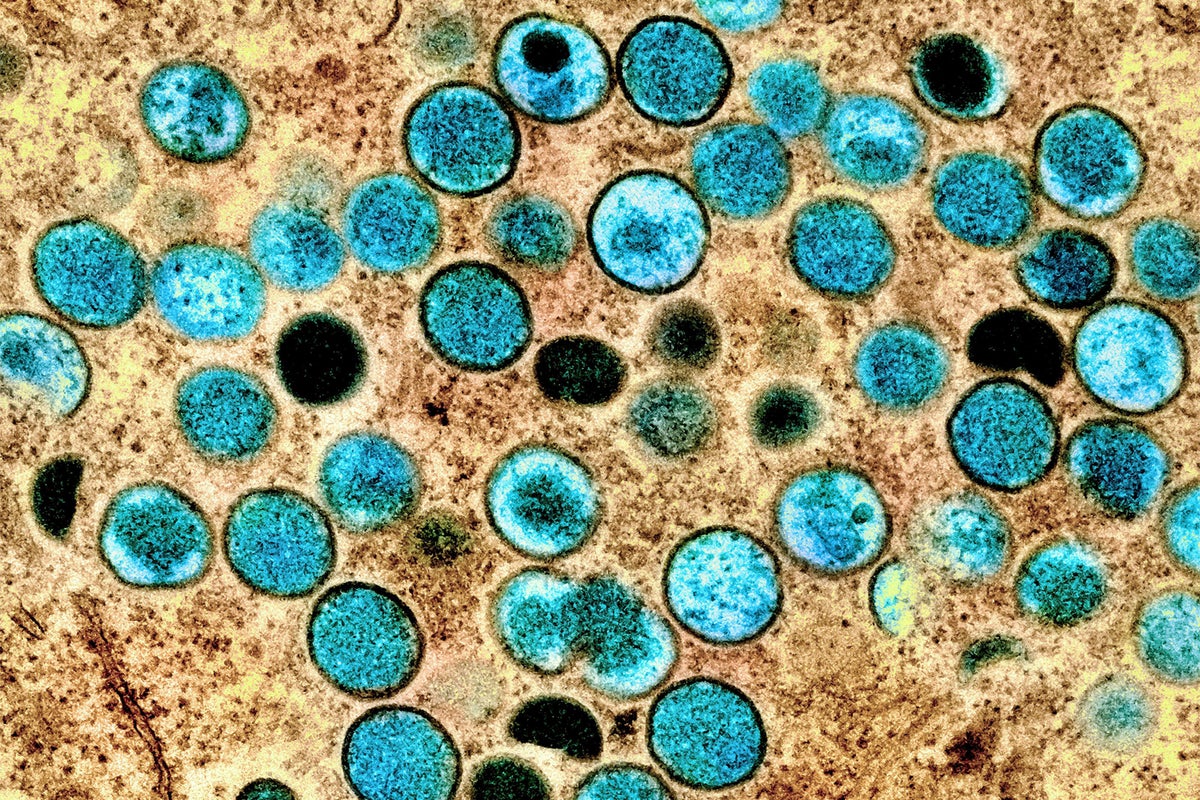Dermatologists are sounding the alarm about two types of fungal skin infections that are spreading globally and proving difficult to treat with standard antifungal medications. The infections, caused by the fungi Trichophyton mentagrophytes type VII (TMVII) and Trichophyton indotineae, can cause itchy, contagious rashes that resemble eczema and may go misdiagnosed for months.
In a pair of reports, researchers at NYU Langone Health document the first known case of sexually transmitted TMVII in the United States and describe the largest group of American patients infected with treatment-resistant T. indotineae. While rates of these infections remain low domestically, the researchers caution that healthcare providers should be on the lookout for their misleading signs.
Sexually Transmitted Ringworm Reaches U.S. Shores
The TMVII case, described in the journal JAMA Dermatology, involved a New York City man in his 30s who developed rashes on his genitals, buttocks, and limbs after traveling to England, Greece, and California. Genetic tests confirmed TMVII as the culprit. This sexually transmitted form of ringworm has been increasingly diagnosed in Europe, particularly among men who have sex with men.
“Healthcare providers should be aware that Trichophyton mentagrophytes type VII is the latest in a group of severe skin infections to have now reached the United States,” said study lead author Avrom S. Caplan, MD, an assistant professor of dermatology at NYU Grossman School of Medicine. “Since patients are often reluctant to discuss genital problems, physicians need to directly ask about rashes around the groin and buttocks, especially for those who are sexually active, have recently traveled abroad, and report itchy areas elsewhere on the body.”
Treatment-Resistant Ringworm Poses Greater Challenge
The T. indotineae infections present an even thornier problem for dermatologists. Widespread in India and increasingly reported worldwide, T. indotineae often resists treatment with terbinafine, the standard antifungal medication for ringworm. In a study of 11 New York City patients with confirmed T. indotineae infections, seven failed to improve after up to 42 days of terbinafine treatment—far longer than the usual 14-day course.
Genetic analyses revealed mutations that may help the fungus evade terbinafine’s attacks on its cellular membranes. While some patients responded to another antifungal called itraconazole, that drug can cause unpleasant side effects and interact with many medications, making it challenging to use long-term.
“These findings offer new insight into how some of the fungal skin infections spreading from South Asia can evade our go-to therapies,” said Dr. Caplan. “Beyond learning to recognize their misleading signs, physicians will need to ensure their treatment addresses each patient’s quality of life needs.”
The researchers plan to collaborate with leading fungi experts nationally and internationally to expand research efforts and track emerging cases. While vigilance is warranted, they emphasize that TMVII and T. indotineae infections currently remain rare in the United States.

























































